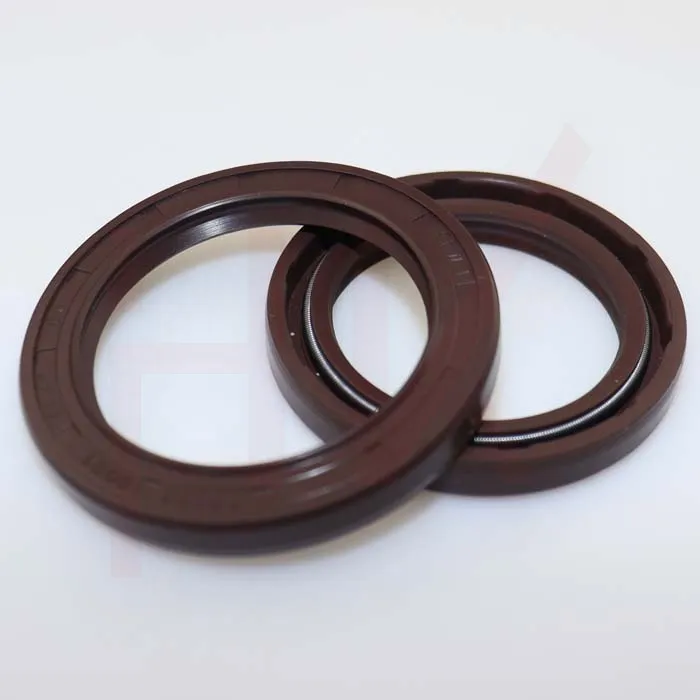Septemba . 23, 2024 14:23 Back to list
Hydraulic Ram Seal Replacement Guide for Improved Performance and Longevity
Hydraulic Ram Seal Replacement A Comprehensive Guide
Hydraulic rams are integral components in many industrial and agricultural applications, providing efficient power for lifting, pushing, and moving heavy loads. However, like all mechanical systems, they are subject to wear and tear over time, particularly their seals. Seal failure can lead to hydraulic fluid leaks, diminished performance, and ultimately, costly downtime. This guide will provide you with a step-by-step process for hydraulic ram seal replacement to keep your equipment running smoothly.
Understanding the Importance of Seals
Seals in hydraulic rams serve the critical function of preventing hydraulic fluid from leaking out of the cylinder while maintaining pressure within the system. When seals deteriorate due to age, friction, or contamination, they can no longer perform their duties effectively. Signs of seal failure include visible leaks, decreased lifting capacity, and inconsistent performance. Addressing these issues promptly through seal replacement can save you from more extensive repairs.
Tools and Materials Needed
Before beginning the replacement process, gather the necessary tools and materials
- Replacement seals specific to your hydraulic ram model - A set of wrenches and sockets - Screwdrivers (Phillips and flat-head) - Pliers - A hydraulic fluid catch pan - Clean rag or cloths - Clean hydraulic oil for refilling
Step-by-Step Seal Replacement Process
1. Safety First Ensure that the hydraulic ram is isolated from any power source. Depressurize the system to avoid any accidents during the repair.
2. Remove the Hydraulic Ram Disconnect the ram from its mounting brackets and any attached hoses. Use a hydraulic fluid catch pan to prevent spills.
hydraulic ram seal replacement

3. Disassemble the Ram Carefully unscrew and separate the ram's components to access the seals. Take note of the arrangement of parts for reassembly.
4. Inspect the Components While you have the ram disassembled, inspect all associated components for additional wear or damage. This includes checking the piston and cylinder for scoring or pitting.
5. Remove Old Seals Use a flat-head screwdriver or seal removal tool to carefully extract the old seals from their grooves. Take care not to scratch or damage the surfaces.
6. Clean the Surface Thoroughly clean the sealing surfaces using a clean cloth to remove any debris, old fluid, or dirt. This step is crucial for ensuring a good seal once replaced.
7. Install New Seals Lubricate the new seals with fresh hydraulic oil before installation. Carefully position them in their respective grooves, ensuring they are seated correctly.
8. Reassemble the Ram Reattach the components in the reverse order of disassembly. Ensure all bolts and screws are tightened to the manufacturer’s specified torque.
9. Reconnect and Test Once the ram is reassembled, reconnect it to the mounting brackets and hoses. Refill the hydraulic system with the appropriate fluid and restore pressure. Perform a thorough test to check for any leaks or performance issues.
Conclusion
Replacing seals in hydraulic rams is a crucial maintenance task that ensures longevity and efficiency in operations. By following these steps, you can effectively replace the seals, prevent costly downtime, and maintain the performance of your hydraulic systems. Regular inspections and proactive maintenance will go a long way in keeping your hydraulic equipment in top condition.
-
TCN Oil Seal Metal Ring Reinforcement for Heavy Machinery
NewsJul.25,2025
-
Rotary Lip Seal Spring-Loaded Design for High-Speed Applications
NewsJul.25,2025
-
Hydraulic Cylinder Seals Polyurethane Material for High-Impact Jobs
NewsJul.25,2025
-
High Pressure Oil Seal Polyurethane Coating Wear Resistance
NewsJul.25,2025
-
Dust Proof Seal Double Lip Design for Construction Equipment
NewsJul.25,2025
-
Hub Seal Polyurethane Wear Resistance in Agricultural Vehicles
NewsJul.25,2025
-
The Trans-formative Journey of Wheel Hub Oil Seals
NewsJun.06,2025
Products categories
















